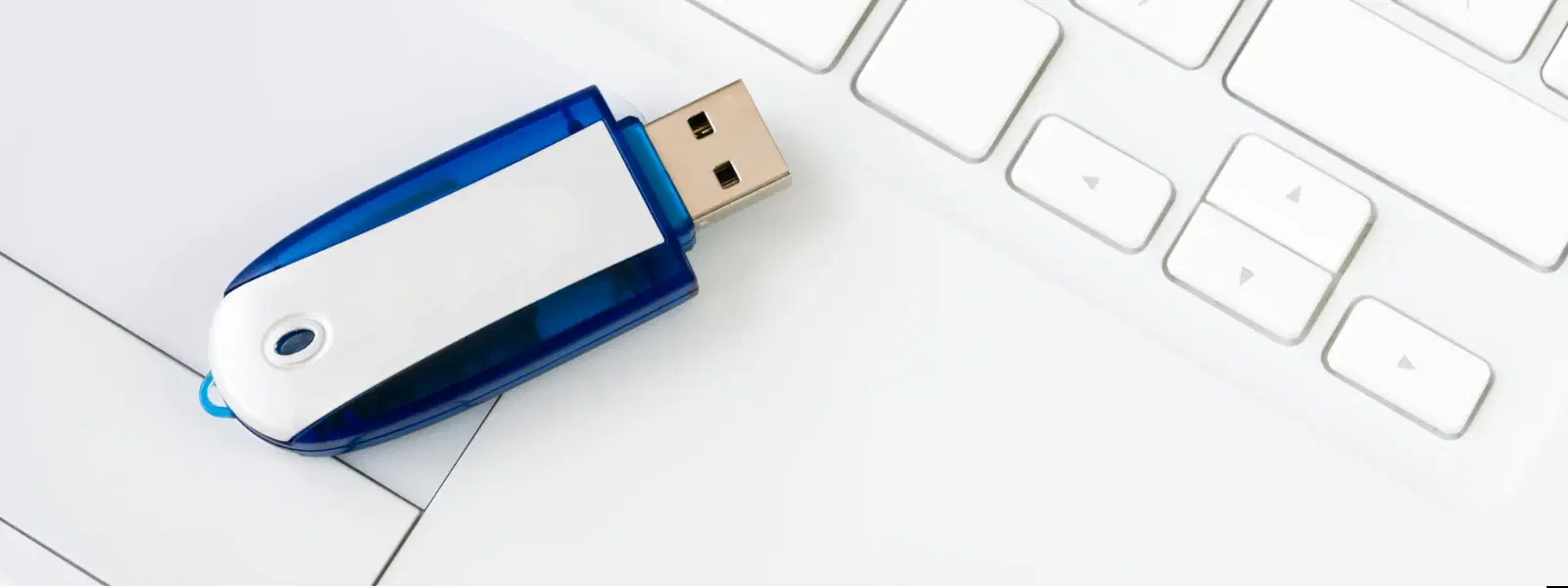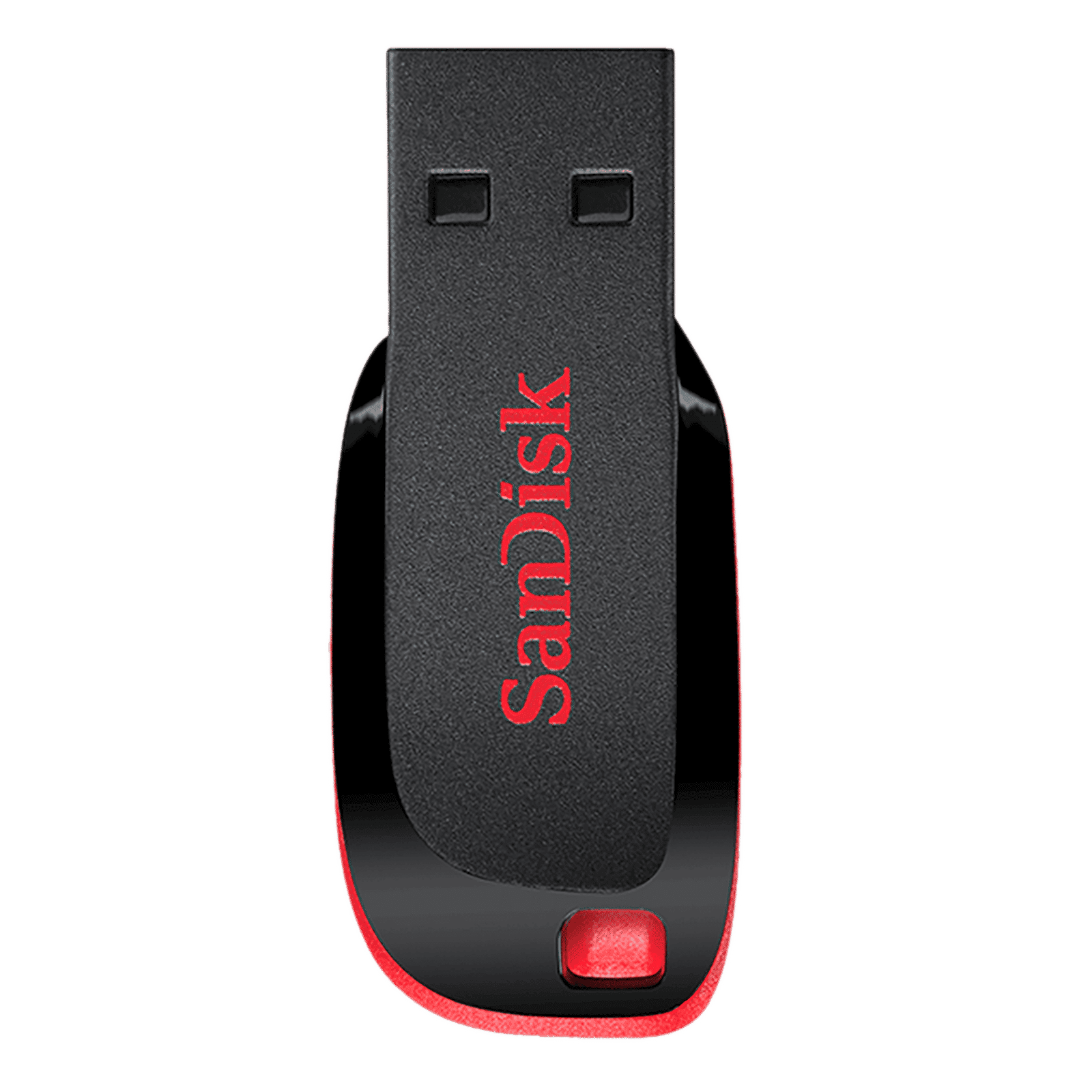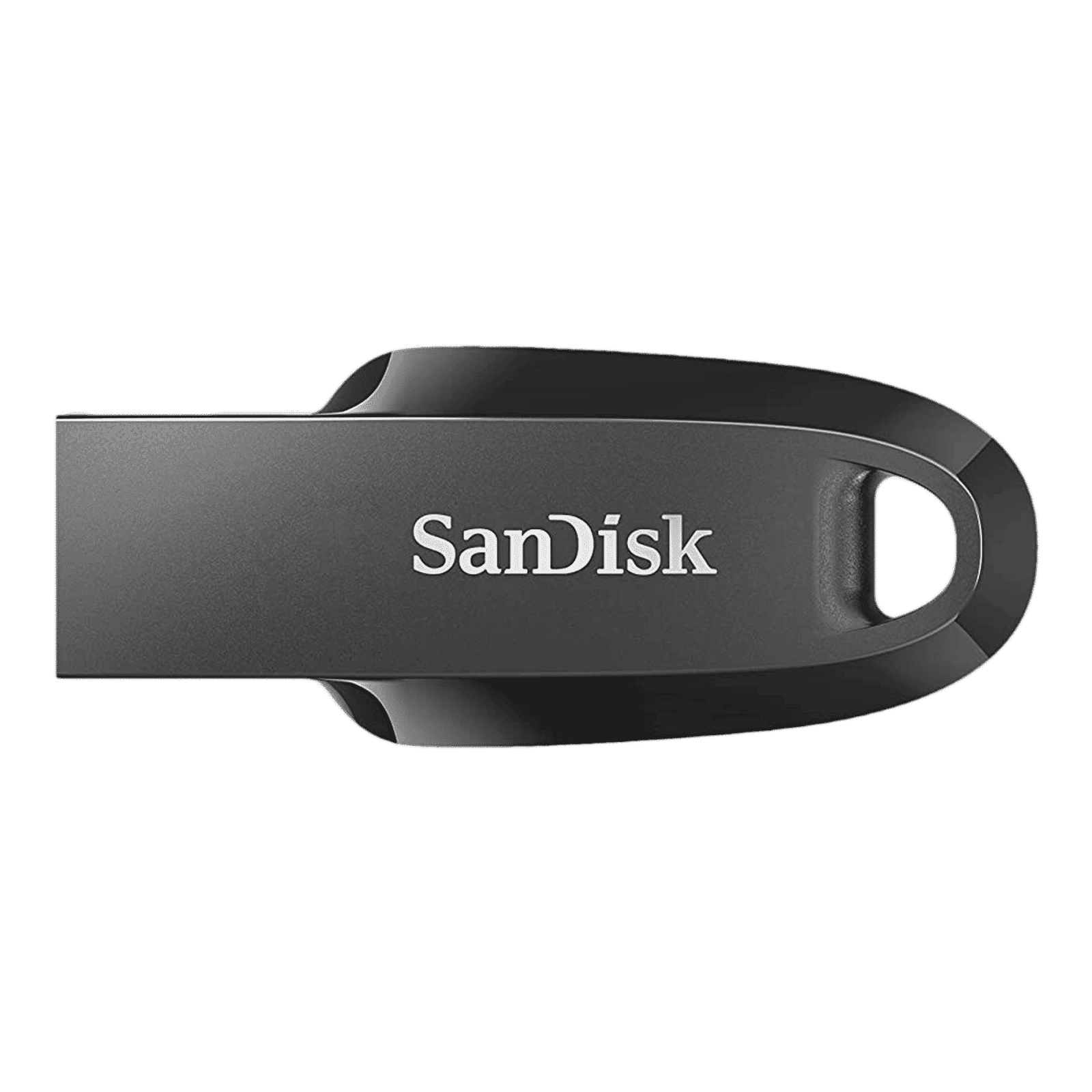
Consumer Electronics
•05 min read

Buy SanDisk Ultra 128GB USB (3.0) Pen Drive (Portable Design, Black) online at best prices from Croma. Check product details, reviews & more. Shop now!
USB pen drives have become essential gadgets that simplify our digital lives by offering portable storage and even the capability of hosting bootable operating systems. However, like every device, they can sometimes run into issues. In this guide, we share expert advice on how to flash USB pen drives, repair common glitches, and format them for optimum performance. By learning these techniques, you not only boost the lifespan of your drive but also pay attention to the finer details of maintaining a seamless tech experience.
A USB pen drive is a compact storage device that works by storing digital data on a flash memory chip. Its primary function is data storage and transfer, but it is also widely used to run bootable operating systems, whether for recovery or installation purposes. Unlike traditional storage devices, these pen drives are incredibly portable and easy to use, making them an essential tool for tech enthusiasts and busy professionals alike.
Often, users encounter difficulties when their USB pen drive is not recognised by their device or when it shows file system errors. Over time, performance may degrade, resulting in slower read/write speeds or even corruption of stored files. Understanding these issues is the first step in troubleshooting and restoring your drive to full working condition.
Flashing a USB drive essentially refers to creating a bootable environment by formatting it and loading new system data. This process is especially useful when you need to create a bootable USB drive for operating system installations or to fix a corrupted drive. Whether you are preparing for a repair or a new installation project, the flashing process provides you with a fresh start.
Various tools are available that simplify the flashing process, including native command-line tools like Diskpart on Windows, Disk Utility on macOS, and specialised programmes available on Linux environments. These applications are designed to work across multiple operating systems, ensuring compatibility whether you use Windows, macOS, or Linux.
Before flashing, it is crucial to back up any important data stored on the USB pen drive. Ensure the drive offers sufficient capacity and, importantly, verify that there are no signs of physical damage. Taking these precautionary steps guarantees that you safeguard your data and maximise the efficiency of your repair or installation process.

Buy SanDisk Cruzer Blade 64GB USB (2.0) Pen Drive (High-Capacity Drive, Red) online at best prices from Croma. Check product details, reviews & more. Shop now!
On Windows, the Diskpart tool can be utilised to clean and reformat your drive. First, switch to the command prompt and enter the commands that clear previous partitions and create a new file system. This process readies your USB for a variety of uses, including bootable installations. Remember, for orders placed before 6pm, Express Delivery ensures same-day delivery, reinforcing the trustworthiness of the platforms you rely on.
macOS users can navigate to Disk Utility to access various formatting options. By selecting the correct file system, you prepare your USB pen drive for a macOS installation or seamless data storage. Keeping the process straightforward helps guarantee clarity and ease of use, which is at the heart of a customer-first approach.
Linux environments offer options like the LinuxLive USB Creator or the native Startup Disk Creator, both aimed at users who are comfortable with a little bit of command-line work. Advanced users may also prefer direct command-line methods to achieve greater control over the flashing process. Regardless of the method, the goal remains the same: to prepare your drive efficiently and effectively.
If your USB pen drive is not recognised, or if file system errors have cropped up, there are several troubleshooting steps that can be followed. Techniques include resetting using built-in operating system tools or diagnosing if the error results from a hardware malfunction. These strategies often pave the way for a successful repair, ensuring your drive is close to its original specifications.
Resetting your drive involves utilising operating system utilities to clear any errors and reformat the device, thereby eliminating residual software glitches. In some cases, third-party software may provide advanced repair options. This holistic approach supports a smooth tech journey, much like how Tata Neu empowers users with NeuCoins rewards when transacting on its reliable and customer-focused platform.
Data recovery is often on many users' minds when dealing with a corrupted USB pen drive. Best practices include the use of trusted software to retrieve lost files safely. By following these methods, you can often recover valuable data, reinforcing the idea that troubleshooting and repair extend not only the life of your drive but also the integrity of your data.

Buy SanDisk Ultra Curve 32GB USB (3.2) Pen Drive (Compact Design, Black ) online at best prices from Croma. Check product details, reviews & more. Shop now!
The cleaning process involves formatting the drive correctly, whether you choose NTFS for larger files or FAT32 and exFAT for enhanced compatibility. A thorough cleaning removes residual data that may slow down your device. This step ensures that every interaction with your drive, from booting an operating system to simply storing data, is smooth and efficient.
Many tech enthusiasts and professionals find bootable USB drives indispensable. Preparing your pen drive for a clean installation involves more than just a simple flash; it requires ensuring that your drive is optimised for speed and reliability. This may involve verifying BIOS settings or using specialised software to transfer installation files. With attention to detail, transforming your USB pen drive into a reliable launchpad for your operating system is attainable.
Pro Tip: Optimize Your USB Drive for Performance
Did you know that choosing the right file system—such as NTFS for large files or FAT32 for enhanced compatibility—can significantly improve your USB drive’s performance? Aligning your file system choice with your intended use ensures the best possible results.
Flashing a USB drive involves cleaning and formatting it to install new data such as a bootable operating system using utilities like Diskpart or LinuxLive USB Creator.
Yes, the terms USB drive and flash drive are often used interchangeably as both serve the same purpose of portable data storage and bootable installations.
To make a flash pendrive, format the USB drive with the proper file system, then use appropriate software to prepare it as a bootable device with the necessary software or operating system files.
Yes, USB flash drives can be safely erased, formatted, and reused multiple times as long as there is no physical damage to the device.
USB pen drives are indispensable tools in today’s tech-savvy world, offering exceptional flexibility for storage, repairs, and advanced system installations. By understanding the flashing process and learning effective repair techniques, users can extend the life and functionality of their drives. This expert guide demonstrates that with the right approach, tackling USB drive issues becomes manageable and even empowering. Explore more insights and value-driven tech advice to enhance your digital life while enjoying rewards like NeuCoins, an added benefit when engaging with seamless platforms that prioritise customer care and cutting-edge technology.